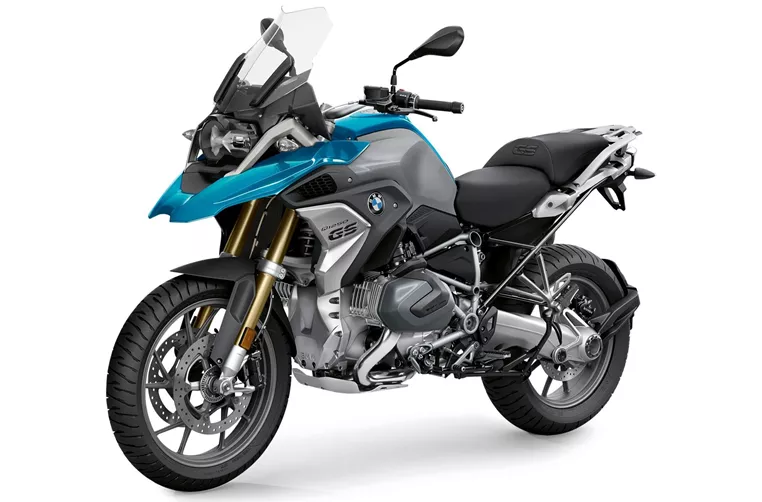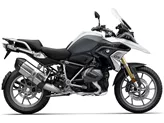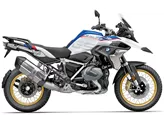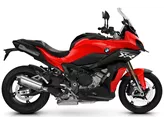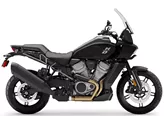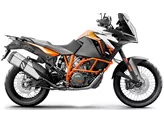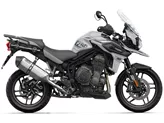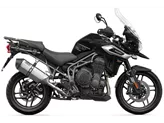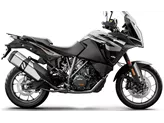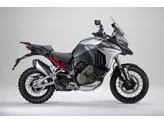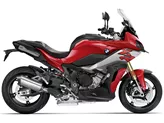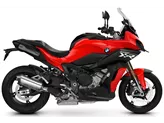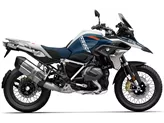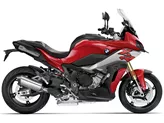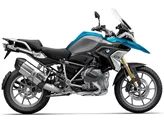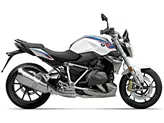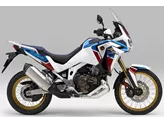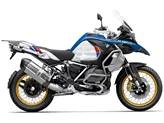BMW S 1000 XR 2016 vs. BMW R 1250 GS 2020

BMW S 1000 XR 2016
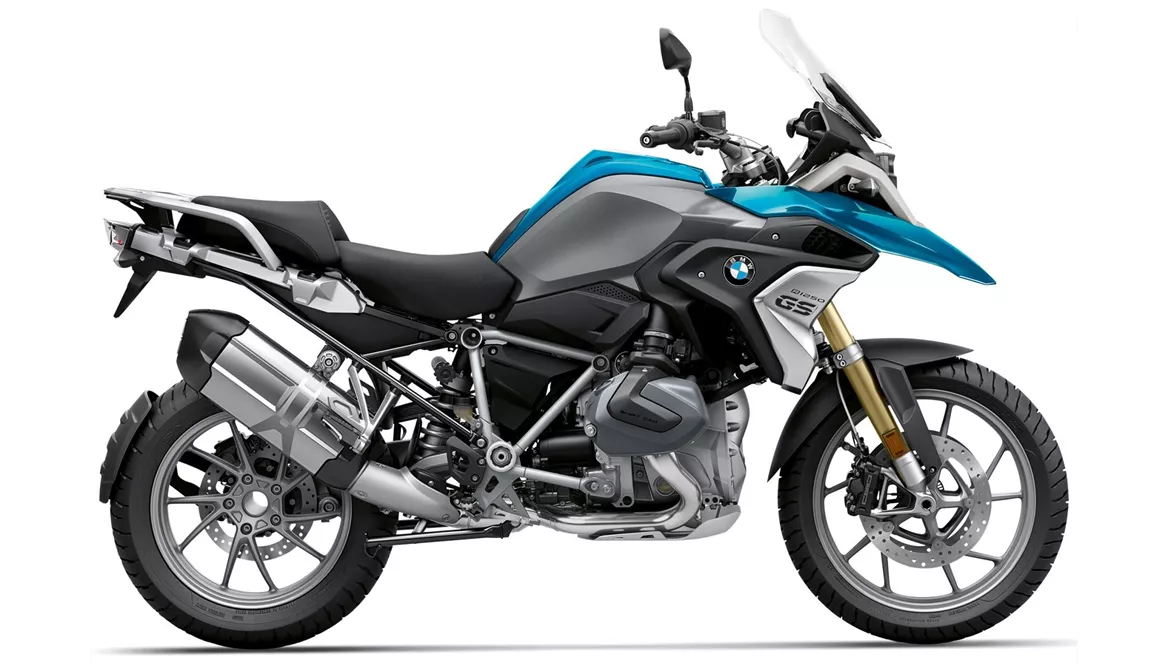
BMW R 1250 GS 2020
Overview - BMW S 1000 XR 2016 vs BMW R 1250 GS 2020
The BMW S 1000 XR 2016 and the BMW R 1250 GS 2020 are both sport touring motorcycles from BMW, but they have some key differences in terms of their technical specifications and features.
Starting with the engine and drive train, the BMW S 1000 XR 2016 is equipped with an in-line, 4-cylinder engine with a displacement of 999cc. It produces 160 horsepower and 112 Nm of torque. The engine is mated to a chain transmission. On the other hand, the BMW R 1250 GS 2020 features a boxer, 2-cylinder engine with a displacement of 1254cc. It delivers 136 horsepower and 143 Nm of torque. The engine is paired with a prop shaft transmission.
In terms of suspension, the BMW S 1000 XR 2016 comes with a telescopic fork front suspension and a swing arm rear suspension. Both the front and rear suspensions have adjustable compression and rebound settings. On the other hand, the BMW R 1250 GS 2020 features a telelever front suspension and a single swing arm rear suspension. The front suspension has preload adjustment, while the rear suspension has preload and rebound adjustment.

BMW S 1000 XR 2016
In terms of chassis, the BMW S 1000 XR 2016 has an aluminum frame with a twin tube design. The BMW R 1250 GS 2020, on the other hand, has a steel frame with a load-bearing engine design.
Both motorcycles are equipped with double disk brakes at the front, featuring radial technology. This ensures stable braking performance for both models.
In terms of advanced rider assistance systems, both motorcycles come with ABS. The BMW S 1000 XR 2016 also features traction control, while the BMW R 1250 GS 2020 adds anti-slipping control, riding modes, and ride by wire technology.
In terms of dimensions and weights, both motorcycles have a front tire width of 120mm and a rear tire width of 190mm (BMW S 1000 XR 2016) and 170mm (BMW R 1250 GS 2020). The front tire diameter is 17 inches for both models, while the rear tire diameter is 17 inches for the BMW S 1000 XR 2016 and 19 inches for the BMW R 1250 GS 2020. The wheelbase is slightly longer for the BMW S 1000 XR 2016 at 1548mm compared to 1525mm for the BMW R 1250 GS 2020. The seat height is also slightly higher for the BMW R 1250 GS 2020 at 850mm compared to 840mm for the BMW S 1000 XR 2016. The kerb weight with ABS is higher for the BMW R 1250 GS 2020 at 249kg compared to 228kg for the BMW S 1000 XR 2016. Both motorcycles have a fuel tank capacity of 20 liters.
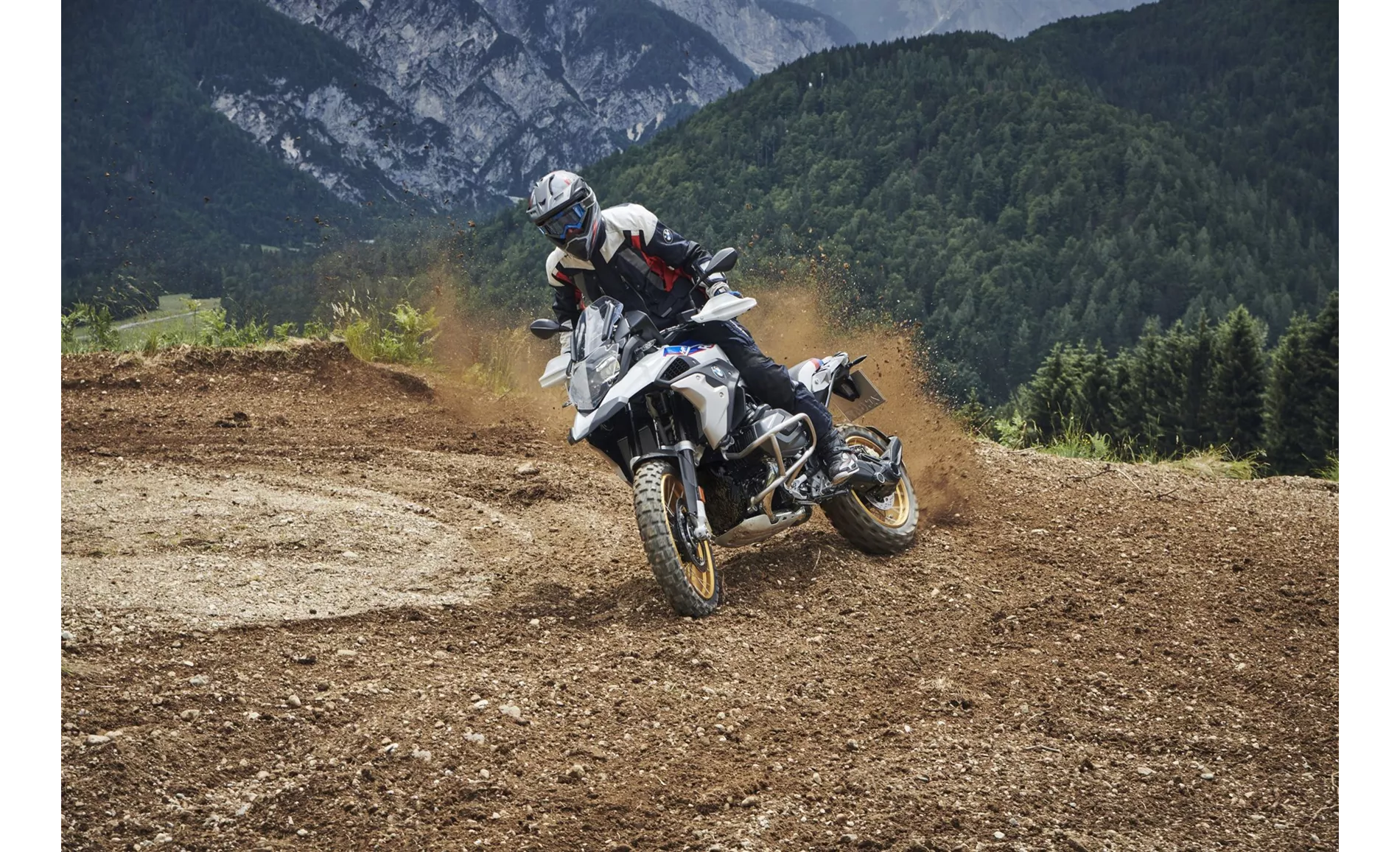
BMW R 1250 GS 2020
In terms of strengths, the BMW S 1000 XR 2016 is praised for its sharp engine, sharp design, high-quality workmanship, stable road holding, ABS and ASC standard, comfortable seat, and successful ergonomics even for tall riders. On the other hand, the BMW R 1250 GS 2020 is praised for its extremely high-torque boxer engine, good sound, comfortable seating position suitable for long distances, stable braking performance, good weather protection, color TFT display standard, and LED headlights.
In terms of weaknesses, the BMW S 1000 XR 2016 is noted for slight vibrations from the engine and could have better wind protection. The BMW R 1250 GS 2020 is mentioned to have manageable standard equipment and a long surcharge list, as well as a jagged appearance with little elegance.
Overall, both the BMW S 1000 XR 2016 and the BMW R 1250 GS 2020 have their unique strengths and weaknesses, offering different riding experiences and features for sport touring and enduro enthusiasts.
Technical Specifications BMW S 1000 XR 2016 compared to BMW R 1250 GS 2020
Pros and Cons in comparison
Pros and Cons in comparison
BMW S 1000 XR 2016

The BMW S 1000 XR is a superbly crafted performance motorbike with a proud pedigree that shines with impeccable touring characteristics and solid touring capability. A wide range of accessories either trim the bike even more in the direction of sport or equip it for the great journey. With ABS and ASC as standard, you're always on the safe side and always relaxed thanks to the pleasant ergonomics. Just don't misunderstand the XR as an enduro for on/off-road, but see it as the evolution of a sport tourer.
BMW R 1250 GS 2020
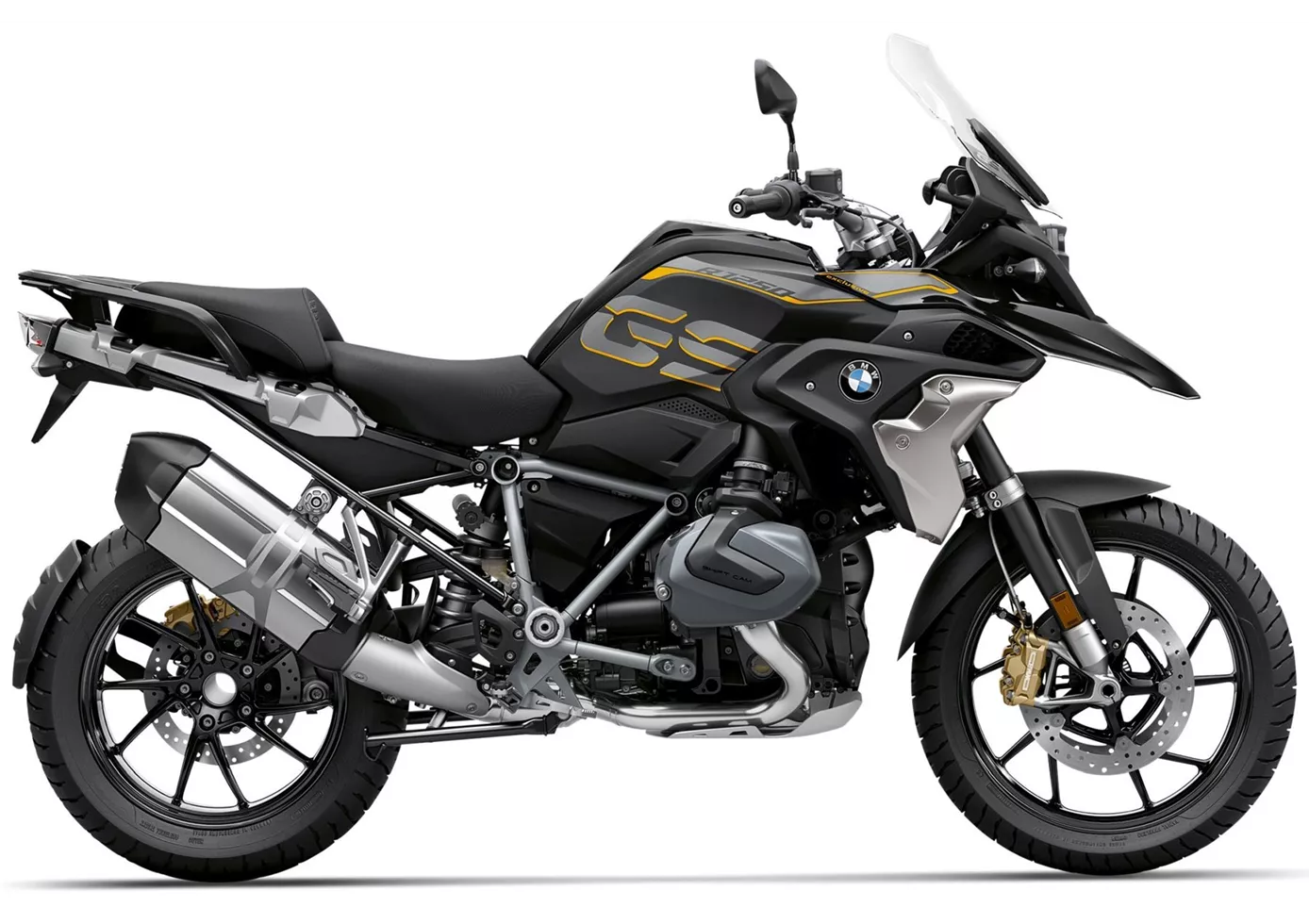
The BMW R 1250 GS is the logical further development of the R 1200 GS - logical above all because one should not expect such a popular motorbike to be radically changed. Accordingly, the design has been changed cautiously, and the familiar options for the chassis and electronics have been retained. The new name R 1250 GS, however, promises a new engine - and it really is something! 136 hp at 7750 rpm and a whopping 143 Newton metres of maximum torque at 6250 rpm are an absolute blast! BMW has thus renovated the big GS almost perfectly: it remains clearly recognisable, has a little more electronics as standard, a still long list of surcharges (which customers like to tick from A to Z) and a now even better and more sovereign power plant - what more could you want?!
Price Comparison Avarage Market Price BMW S 1000 XR vs BMW R 1250 GS
There are a few key differences between a BMW S 1000 XR 2016 and a BMW R 1250 GS 2020. In terms of price, the actual average price of a BMW R 1250 GS 2020 is about 56% higher. A BMW S 1000 XR 2016 experiences a loss of 970 USD in one year of ownership. This is offset by a loss of 590 USD for a BMW R 1250 GS 2020. Compared to BMW R 1250 GS 2020 there are less BMW S 1000 XR 2016 bikes available on the 1000PS.de Marketplace, specifically 19 compared to 71. It takes less time to sell a BMW R 1250 GS with 43 days compared to 89 days for the BMW S 1000 XR. Since model year 2015 1000PS.de editors have written 40 reviews for the BMW S 1000 XR and 50 reviews for the BMW R 1250 GS since model year 2019. The first review for the BMW S 1000 XR was published on 10/21/2014 and now has more than 16,000 views. This compares to more than 305,600 views for the first review on BMW R 1250 GS published on 9/19/2018.

